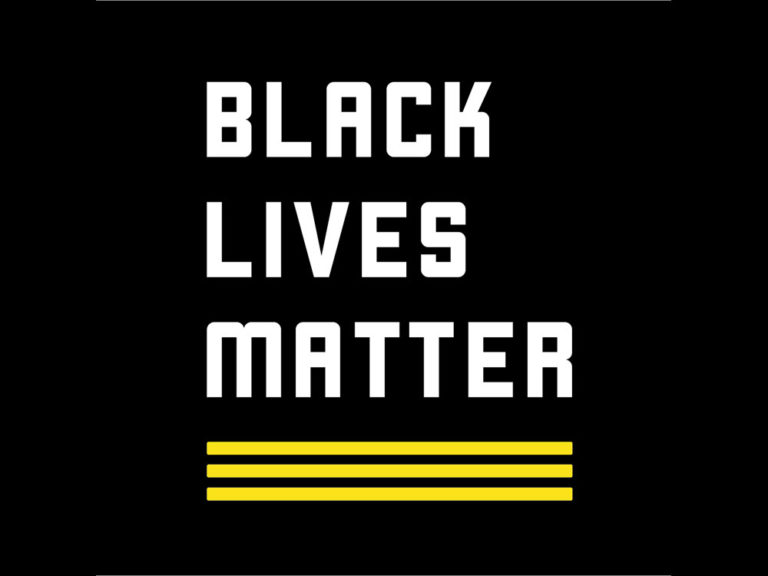Last week, Adweek published a story from Lizette Williams—a long-time diversity champion and global head of vertical solutions marketing at Facebook—called “Your Black Employees Are Hurting. They Do Not Want a Tweet. They Want Real Inclusion.”
Williams says:
We, as a marketing community, have stood at the forefront of bringing forward perceptions of diverse people since the days of Mad Men. We are the storytellers; we literally hold the pen to craft the story of how the rest of the country sees Black culture. As we embark on yet another ugly chapter in our country’s history being written, it is our responsibility to do more. We must do more than release a statement, make a donation or craft a beautifully written tweet. This is our moment to drive true change for a consumer base that has served as the muse for aspirational culture for decades. From music to food to clothing, brand advertising has rested and built its success on Black culture and, in return, Black people have demonstrated their commitment to our brands.
The article, written in response to the death of George Floyd and the #BlackLivesMatter movement, really hit home for the whole KMB team as a firm that provides words and images that shape public iconography and imagery. Although our primary scope of work is for the trade, we also provide B2C messaging, content, and related assets for our clients to complement their marketing.
Case in point, just a few days ago, our team was working on a direct-mail piece for one of our clients. We needed stock art that showed a family enjoying their home entertainment system. As we searched through the images available, we were confronted by picture after picture of white people pointing at television sets, with no BIPOC families to be found (BIPOCs being black people, indigenous people, and people of color). William’s article put a fine point on the issue, but more importantly, it outlined our duties as communicators, marketers, and advertisers as those who are helping to sculpt the image of the country. KMB is using this statement as a north star, of sorts.
Now, the article also opens the door to questions about the AV industry as a whole. Why are AV marketers and advertisers not representing BIPOCs in their marketing and advertising? Why do photoshoots and videos primarily feature white actors or spokespeople? And beyond mere representation, do we, as an industry, have a true understanding of the demographic and can we represent this market while avoiding damaging stereotypes? How do we begin the process of change?
Williams suggests a first step:
Commit to really understand and reflect these audiences through best-in-class work that elevates diverse communities. This includes investing in meaningful consumer research and going beyond surface-level insights to develop work that is truly resonant. For far too long we have rested on the same superficial insights that are reflected in the work—a portrait of Black families around a dinner table, a Latina mom doting over her multiple children, the cool brothers chatting it up at a barbershop or basketball court. Get into your diverse consumers’ homes with detailed ethnographies, spend the resources to get a statistically significant sample on your next brand equity study and develop multidimensional knowledge of diverse people the way you do for your other segments.
This week, Adweek provided another helpful resource, a letter from more than 600 black advertising professionals demanding meaningful action from leadership that calls on agencies to take more than symbolic action. Some things they suggest are public commitment to improve Black representation at all levels of agency staffing; tracking workforce diversity data to create accountability; bias training to HR employees and all levels of management; extending agency outreach to a more diverse representation; and much more. Read the full article for the complete list.
We recognize that this letter we are currently penning is in and of itself a “symbolic action.” Really, this note serves as our public commitment to improve, and education is the first step with content like these two articles. And we will hold ourselves accountable for this promise as we move forward in our work, because it is not enough to simply say we are committed to change. It must be followed by real and tangible action. We hope you’ll join us in the journey to do what we can to more accurately and completely understand and represent BIPOC families and people in our marketing imagery and verbiage.
Take a look at your social feeds and your marketing collateral with fresh eyes. Who is represented and how? The problem runs so deep, you might not even be aware it’s happening. Do you have a consultant or someone on staff that can help with cultural awareness to make sure you are accurately addressing these concerns and to help educate your team? What can your company be doing at an HR level to ensure inclusivity — BIPOCs included?
Discomfort is a catalyst. It’s necessary. Because now we are asking those hard questions, and educating ourselves so that we can answer them and begin to change our thinking at a foundational level. We appreciate the efforts of others in our industry who are taking a leadership position and applaud companies like Josh.ai, Leon, Cloud9 Smart, and others who are voicing their concerns about the way our industry has handled the situation, while sharing how they intend to change and evolve. Join us, and be the change we all want to see in the world.

